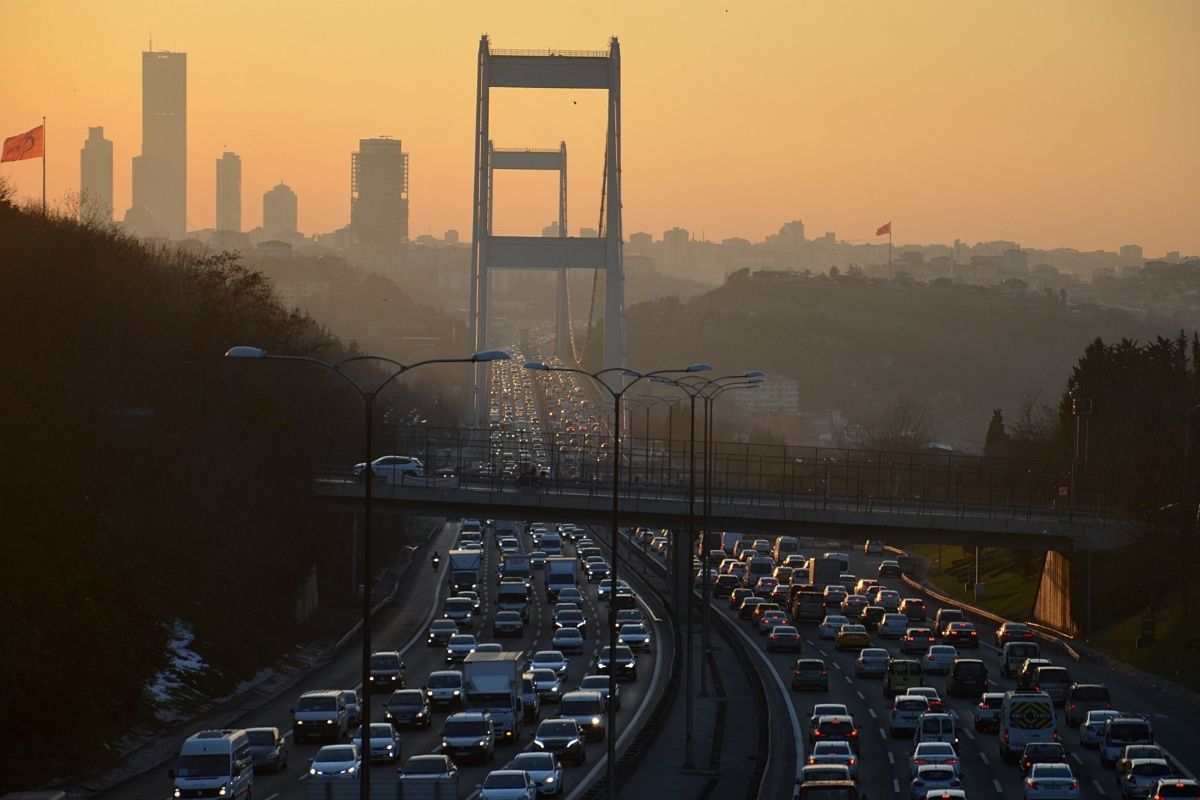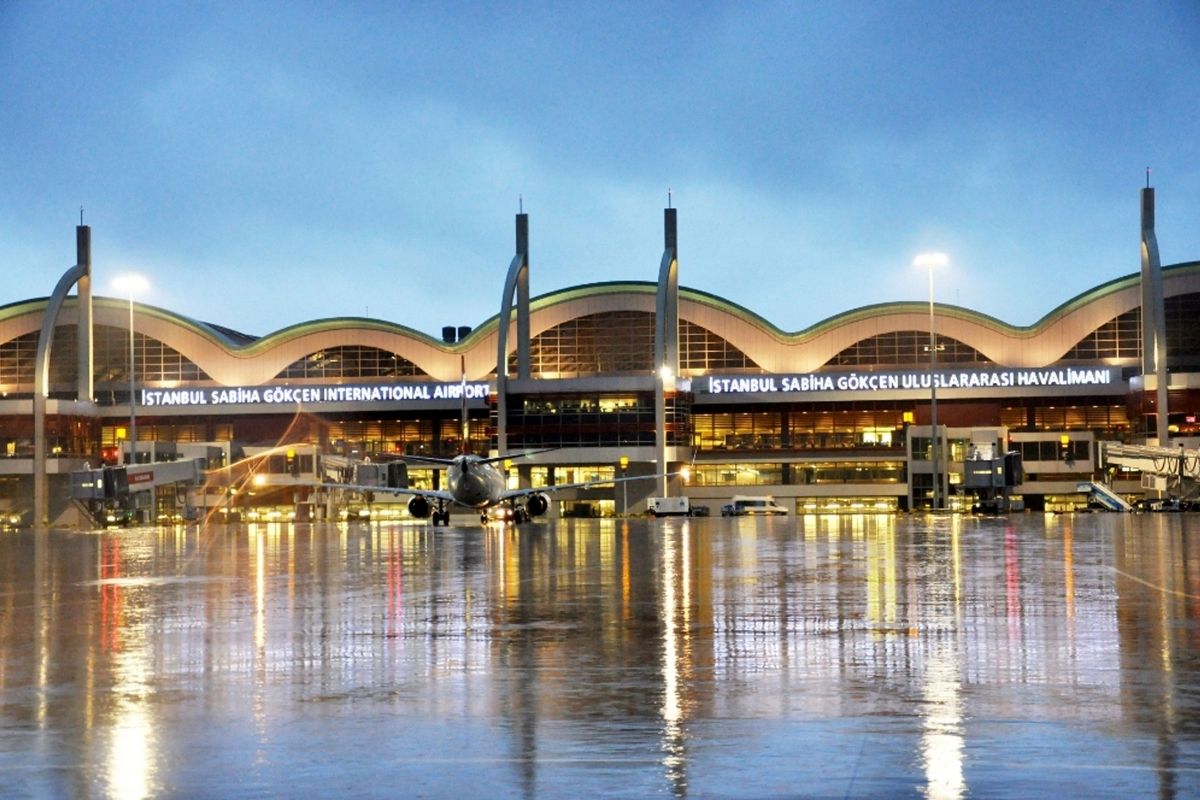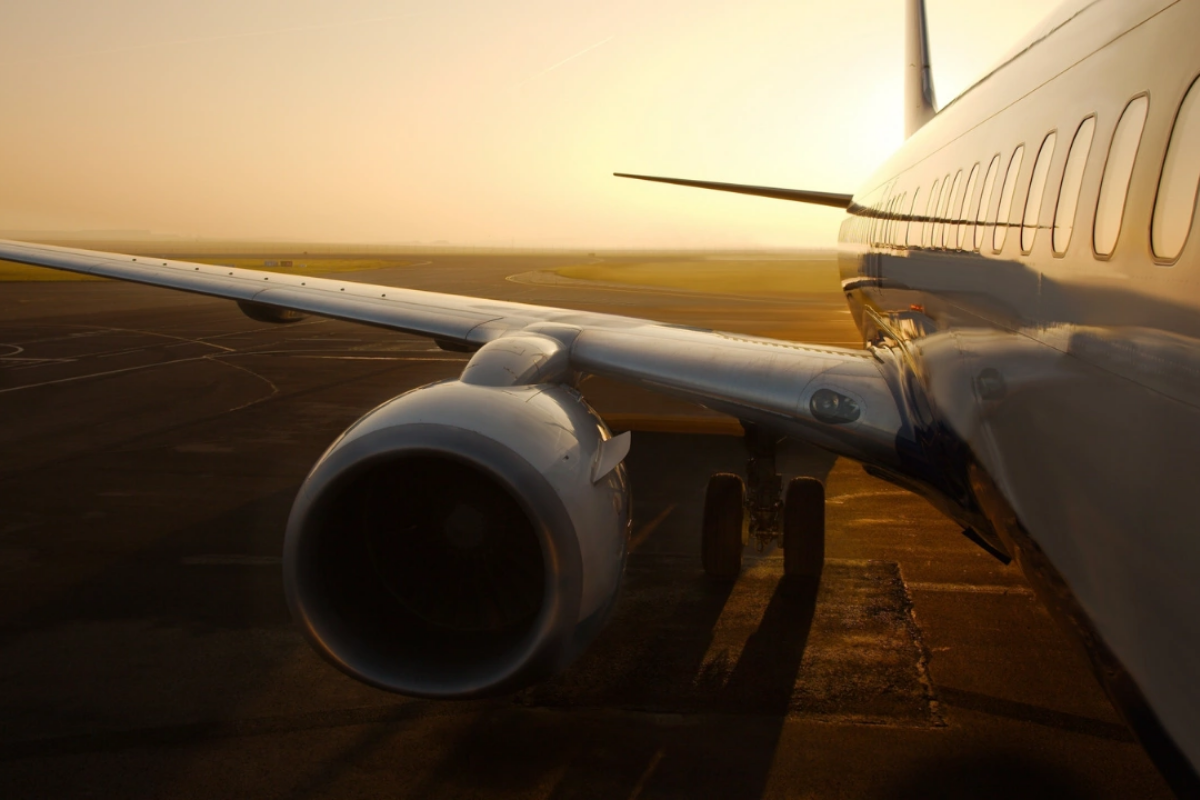Fuel Savings Differences Between City Driving and Long-Distance Driving: Which Driving Style is More Economical?
1. City Driving: Traffic and Stop-and-Go Conditions
City driving typically involves heavy traffic, frequent stop-and-go situations, and driving at low speeds. These conditions can negatively impact fuel efficiency. In short-distance city commutes, the engine frequently starts and stops, which prevents the engine from running efficiently and results in higher fuel consumption.
Fuel Saving Tips for City Driving:
- Avoid peak traffic hours: If possible, try to travel during times of lower traffic congestion.
- Maintain a steady pace: Avoid sudden accelerations and braking. Smooth and gradual driving helps save fuel.
- Drive at lower speeds: Keeping your speed between 50-60 km/h in the city minimizes fuel consumption.
SEO Keywords: city driving, traffic, fuel consumption, efficient driving, low-speed driving
2. Long-Distance Driving: Constant Speed and Stable Conditions
On long-distance drives, the engine is able to operate more efficiently because the speed is generally more stable. There are typically fewer stops, braking, and acceleration, making it easier for the engine to reach its optimum efficiency. However, driving at high speeds for long periods can still increase fuel consumption.
Fuel Saving Tips for Long-Distance Driving:
- Drive at a moderate speed: High speeds consume more fuel. Ideally, try to travel at speeds between 90-100 km/h for better fuel efficiency.
- Maintain a constant speed: Avoid unnecessary acceleration and braking. Keeping a steady speed can improve fuel efficiency.
- Avoid high engine RPMs: Prevent over-revving the engine, as higher RPMs lead to higher fuel consumption.
SEO Keywords: long-distance driving, steady speed, high-speed driving, fuel efficiency, long-trip savings
3. Common Fuel-Saving Tips for Both City and Long-Distance Driving
Some fundamental fuel-saving habits can be applied to both city and long-distance driving. By adopting these habits, you can save fuel in both scenarios:
- Check tire pressure regularly: Low tire pressure negatively impacts fuel efficiency. Ensure your tires are inflated to the recommended levels.
- Avoid carrying unnecessary weight: Extra load in your car increases fuel consumption. Remove items from your car that aren’t needed.
- Improve aerodynamics: If your vehicle has external accessories like a roof rack, try removing them, as they increase wind resistance and fuel consumption.
SEO Keywords: tire pressure, unnecessary weight, wind resistance, fuel-saving habits, efficient driving
4. Comparison of City and Long-Distance Driving
| City Driving | Long-Distance Driving |
|---|---|
| Frequent stop-and-go leads to higher fuel consumption. | Constant speed driving enhances fuel efficiency. |
| Traffic and speed limits reduce engine efficiency. | Less traffic and stable speed allow the engine to work more efficiently. |
| Short trips cause the engine to work more, leading to higher fuel consumption. | Longer trips generally result in lower fuel consumption. |
5. Conclusion: How Can You Save Fuel in Both Types of Driving?
City driving often results in higher fuel consumption due to frequent stops, traffic, and speed fluctuations. However, by driving at a smooth pace, avoiding sudden accelerations, and steering clear of traffic congestion, you can mitigate these effects. On long-distance trips, maintaining a reasonable speed and avoiding unnecessary braking can help you save fuel. In both cases, adopting a fuel-efficient driving style can significantly reduce fuel consumption.










